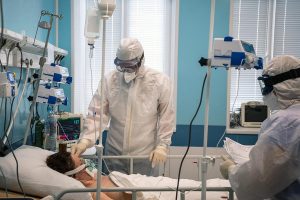
The diabetes and weight-loss drug Ozempic does not appear to harm a developing fetus when taken by pregnant women, a new study reports. Researchers found no elevated risk of birth defects among newborns of women who took medications to control their type 2 diabetes, compared with those who took insulin. During the decade-long study, researchers saw an increase in people trying to control their diabetes using drugs rather than relying on insulin injections. In particular, medications within the same class as Ozempic (semaglutide) – GLP-1 receptor agonists – became more popular as time went on. “As type 2 diabetes becomes a more common condition among women of reproductive age, and with the recent approval of GLP-1 receptor agonists such as semaglutide to treat obesity, the number of exposed pregnancies is likely to increase. Our findings provide initial reassurance of safety for infants prenatally exposed to these medications,” said lead researcher Carolyn Cesta, an assistant professor at the Karolinska Institute in Sweden. GLP-1 receptor agonists work by mimicking the function of GLP-1, a naturally occurring hormone produced by the small intestine. Both the hormone and the drug slow stomach emptying, increase the feeling of fullness after eating, and control hormones related to blood sugar levels like insulin and glucagon. For the study, Cesta and her colleagues examined the outcomes of more than 3.5 million pregnancies in… read on > read on >





























-300x200.jpg)







-300x169.jpg)
